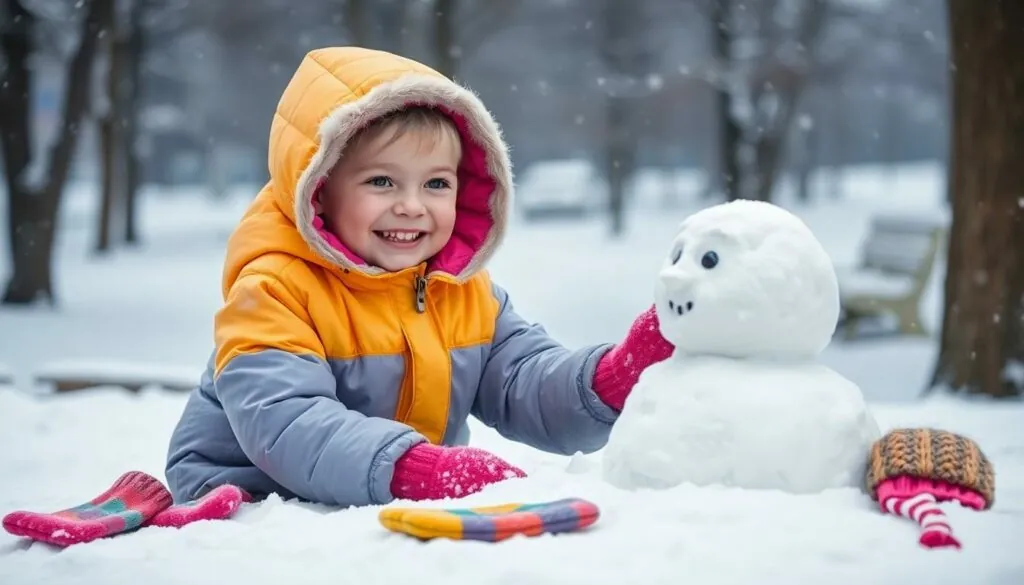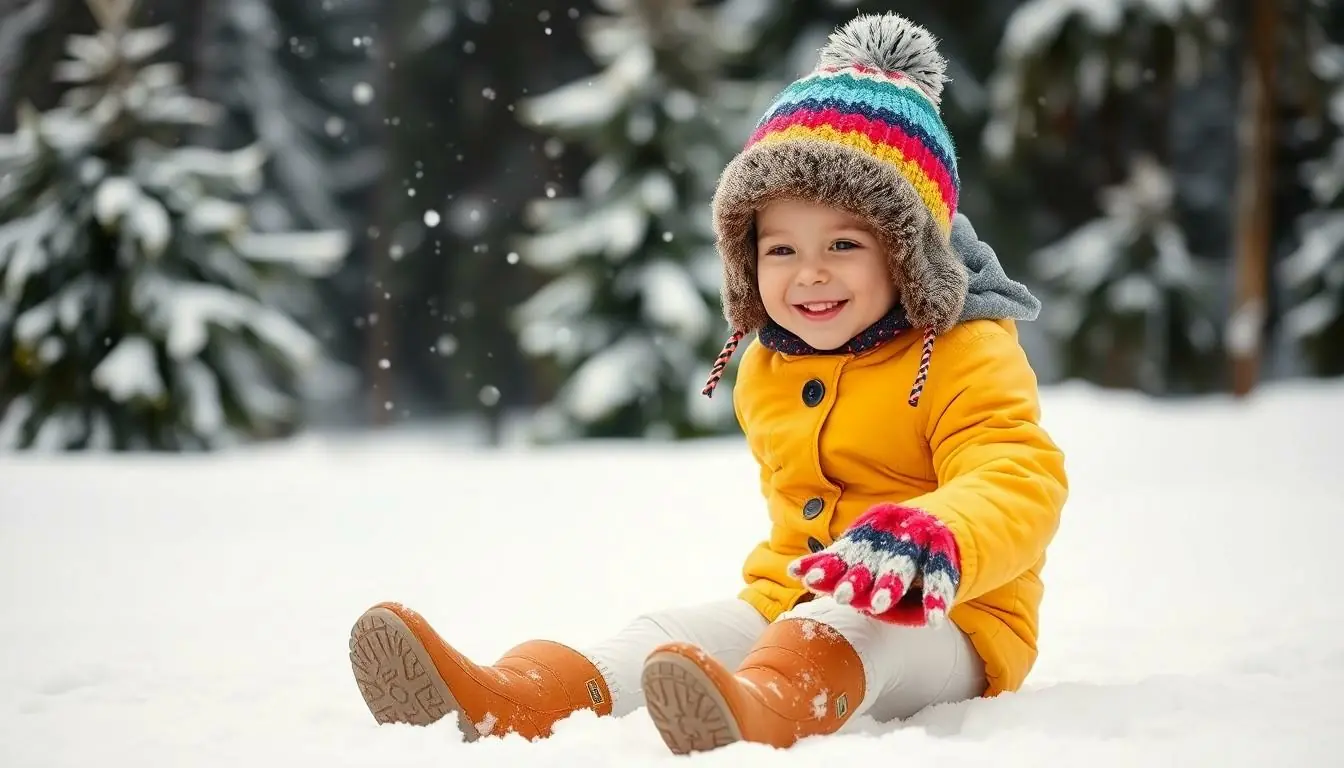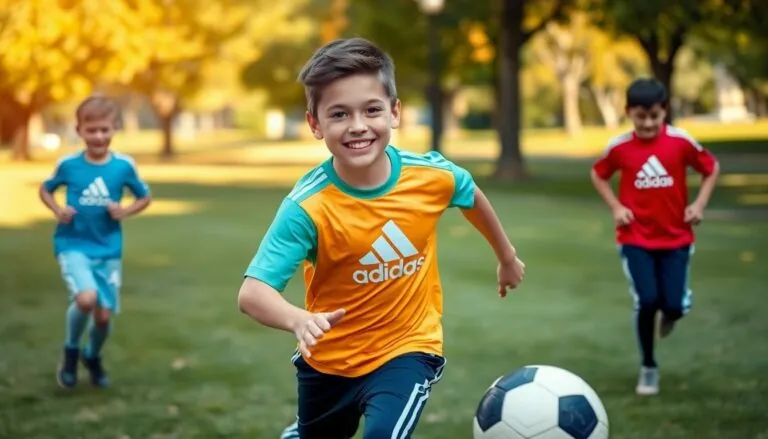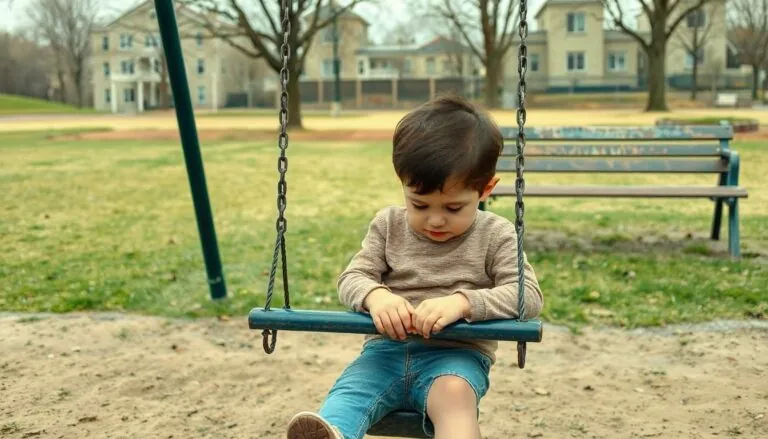When temperatures drop and snowflakes start falling parents face the annual challenge of keeping their little ones warm and cozy. Dressing kids for winter isn’t just about piling on layers – it’s an art form that requires strategy planning and sometimes even negotiation skills with stubborn toddlers who insist on wearing their favorite summer dress in December.
From puffy parkas to waterproof boots finding the right winter gear can feel like preparing for a tiny Arctic expedition. But with the right knowledge and preparation keeping children snug during cold-weather adventures doesn’t have to be a hassle. Whether they’re building snowmen sledding or just walking to school kids need winter clothing that’s both practical and fun to wear.
Table of Contents
ToggleEssential Kids Winter Clothing Items for Cold Weather
Protecting children from winter’s harsh elements requires specific clothing items designed for maximum warmth and comfort. Here’s a comprehensive breakdown of essential winter wear for kids.
Base Layers and Thermal Wear
Thermal base layers form the foundation of winter weather protection for children. Merino wool or synthetic moisture-wicking materials create an insulating layer next to the skin. Long-sleeve thermal tops paired with thermal leggings or long underwear regulate body temperature in cold conditions. Quality base layers include features like flatlock seams, tagless labels and stretch panels for unrestricted movement. Premium thermal wear brands use antimicrobial treatments to prevent odors from building up through multiple wears.
Winter Coats and Jackets
Insulated winter coats provide critical protection against freezing temperatures and winter precipitation. Key features include water-resistant outer shells, reinforced stitching at stress points and adjustable hood closures. Down-filled jackets offer superior warmth-to-weight ratios compared to synthetic fills. High-visibility elements like reflective strips enhance safety during low-light conditions. Critical coat components include storm flaps over zippers, fleece-lined pockets and elastic cuffs to seal out cold air.
Snow Pants and Waterproof Bottoms
Snow pants shield legs from moisture while providing insulation during winter activities. Reinforced knees and seat areas prevent wear from sledding and snow play. Integrated gaiters keep snow from entering boots during active movement. Adjustable waist systems accommodate growing children throughout the season. Technical features include articulated knees for mobility, sealed seams for waterproofing and side zippers for easy on-off over boots.
Protecting Extremities from the Cold
Extremities remain particularly vulnerable to cold temperatures during winter activities. Proper protection for hands, feet, ears, and head prevents heat loss and maintains comfort during outdoor play.
Winter Hats and Ear Protection
Children lose up to 50% of body heat through their heads in cold weather. Insulated winter hats made from merino wool provide optimal warmth retention while managing moisture. Fleece-lined beanies with ear coverage protect sensitive areas from frostbite risk. Balaclavas offer full coverage for face and neck during extreme conditions. Adjustable straps keep hats secure during active play like sledding or snowball fights.
Gloves and Mittens for Kids
Waterproof mittens offer superior warmth compared to gloves by keeping fingers together. Snow-ready gloves include features like elastic wrist cuffs grippy palms extended gauntlets. Three-layer construction combines outer shells waterproof membranes insulated liners. Clips attach mittens to coat sleeves preventing loss during outdoor activities. Touch-screen compatible options let older kids use devices without removing hand protection.
Winter Boots and Warm Socks
Insulated winter boots rated for sub-zero temperatures protect feet during snow play. Moisture-wicking wool socks prevent sweat buildup inside footwear. Removable liners facilitate faster drying between uses. Non-slip rubber soles provide traction on icy surfaces. Height measurements of 6-8 inches above ankle prevent snow entry. Adjustable closures accommodate thick socks thermal liners. Quick-dry materials in boot construction maintain warmth even when wet.
Choosing the Right Materials and Fabrics
The selection of appropriate materials and fabrics determines a child’s comfort level in winter weather. Different textile combinations create effective barriers against cold temperatures moisture penetration.
Insulation Types for Winter Wear
Synthetic insulation materials like PrimaLoft offer superior warmth retention in wet conditions. Down insulation provides exceptional warmth-to-weight ratio maintaining 650-900 fill power ratings ideal for dry cold environments. Merino wool base layers regulate body temperature by wicking moisture away from skin while maintaining warmth at 18-30 microns fiber diameter. Fleece mid-layers made from polyester fibers trap air pockets creating thermal zones with weights ranging from 100-300 gsm (grams per square meter).
| Insulation Type | Temperature Rating | Moisture Resistance |
|---|---|---|
| PrimaLoft | -20°F to 30°F | High |
| Down | -40°F to 20°F | Low |
| Merino Wool | 15°F to 40°F | Medium |
| Fleece | 20°F to 45°F | Medium |
Weather-Resistant Outer Layers
Modern winter garments incorporate advanced waterproof membranes measuring 10,000-20,000mm in water resistance ratings. Durable Water Repellent (DWR) treatments create beading effects preventing moisture absorption into fabric fibers. Breathable membranes allow 10,000-15,000g/m²/24hr of moisture vapor transmission keeping children dry during active play. Sealed seams reinforce weather protection through heat-welded tape applications at critical junction points.
| Outer Layer Feature | Protection Level | Durability Rating |
|---|---|---|
| DWR Treatment | 80-100 wash cycles | High |
| Waterproof Membrane | 10k-20k mm | Medium-High |
| Sealed Seams | 100% waterproof | High |
| Breathability | 10k-15k g/m²/24hr | Medium |
Smart Shopping Tips for Kids Winter Clothing
Strategic shopping for children’s winter clothing maximizes value while ensuring comfort. A thoughtful approach to purchasing winter gear saves money and guarantees children stay protected during cold weather activities.
Sizing and Growth Considerations
Purchasing winter clothing one size larger accommodates growth spurts throughout the season. Adjustable features like elastic waistbands sleeve cuffs extend the lifespan of winter wear items. Removable liners in winter coats offer flexibility as temperatures fluctuate. Parents benefit from measuring their child’s current dimensions including chest waist arm length before shopping. Clothing with fold-over cuffs on sleeves pants allows for length adjustments as children grow. Items marked as “adjustable fit” provide extended use across multiple seasons.
Quality vs. Price Balance
High-quality winter clothing materials last longer perform better in harsh conditions than budget alternatives. Premium features like reinforced knees waterproof zippers justify higher initial costs through extended durability. Strategic shopping during end-of-season sales yields significant savings on top-tier brands. Mid-range products from reputable manufacturers often deliver optimal value combining quality affordability. Technical features such as sealed seams moisture-wicking fabrics merit additional investment. Key winter items – coats boots snow pants – warrant higher spending while accessories can come from budget-friendly sources.
| Item Category | Investment Priority | Expected Lifespan |
|---|---|---|
| Winter Coats | High | 2-3 seasons |
| Snow Boots | High | 1-2 seasons |
| Snow Pants | Medium | 2 seasons |
| Accessories | Low | 1 season |
Winter Clothing Care and Maintenance
Proper winter clothing care extends the lifespan of garments through specific washing techniques. Machine washing winter coats at 30°C (86°F) with mild detergent preserves insulation properties. Hanging wet items to air dry prevents damage to synthetic fills or down clusters.
Storage techniques impact winter gear longevity in three key ways:
- Store clean items in breathable fabric bags
- Place cedar blocks inside storage containers to prevent moths
- Keep items in cool dry spaces away from direct sunlight
Salt stains on winter boots require immediate attention with these steps:
- Mix equal parts water white vinegar in a spray bottle
- Spray the solution directly on salt marks
- Wipe with a clean microfiber cloth
- Apply leather conditioner after cleaning
Waterproofing treatments maintain protection levels throughout the season:
- Apply DWR spray to outerwear every 5-7 washes
- Treat snow boots with silicone-based waterproofer monthly
- Use beeswax-based products on leather items twice per season
| Item Type | Washing Frequency | Special Care |
|---|---|---|
| Snow Pants | Every 5-6 uses | Air dry only |
| Winter Coats | Monthly | Zip all closures |
| Thermal Layers | After each wear | No fabric softener |
| Wool Accessories | Bi-weekly | Hand wash cold |
Repair small tears immediately using:
- Iron-on patches for synthetic materials
- Hand stitching for natural fibers
- Seam sealant for waterproof items
- Brush off snow before entering heated spaces
- Remove salt residue with damp cloth
- Air dry wet items away from direct heat
- Empty pockets to prevent moisture buildup
Conclusion
Choosing the right winter clothing for kids goes beyond simple warmth – it’s an investment in their comfort safety and outdoor enjoyment. Parents who understand the importance of quality materials proper sizing and strategic shopping can build a winter wardrobe that keeps their children protected through countless snow days and winter adventures.
With proper care and maintenance these essential winter items can serve multiple seasons becoming reliable companions for cold-weather activities. The right combination of insulated layers waterproof protection and carefully chosen accessories ensures children stay warm dry and ready to embrace winter’s magic.
Remember: happy kids make for memorable winter moments and the right clothing choices play a crucial role in creating these experiences.





